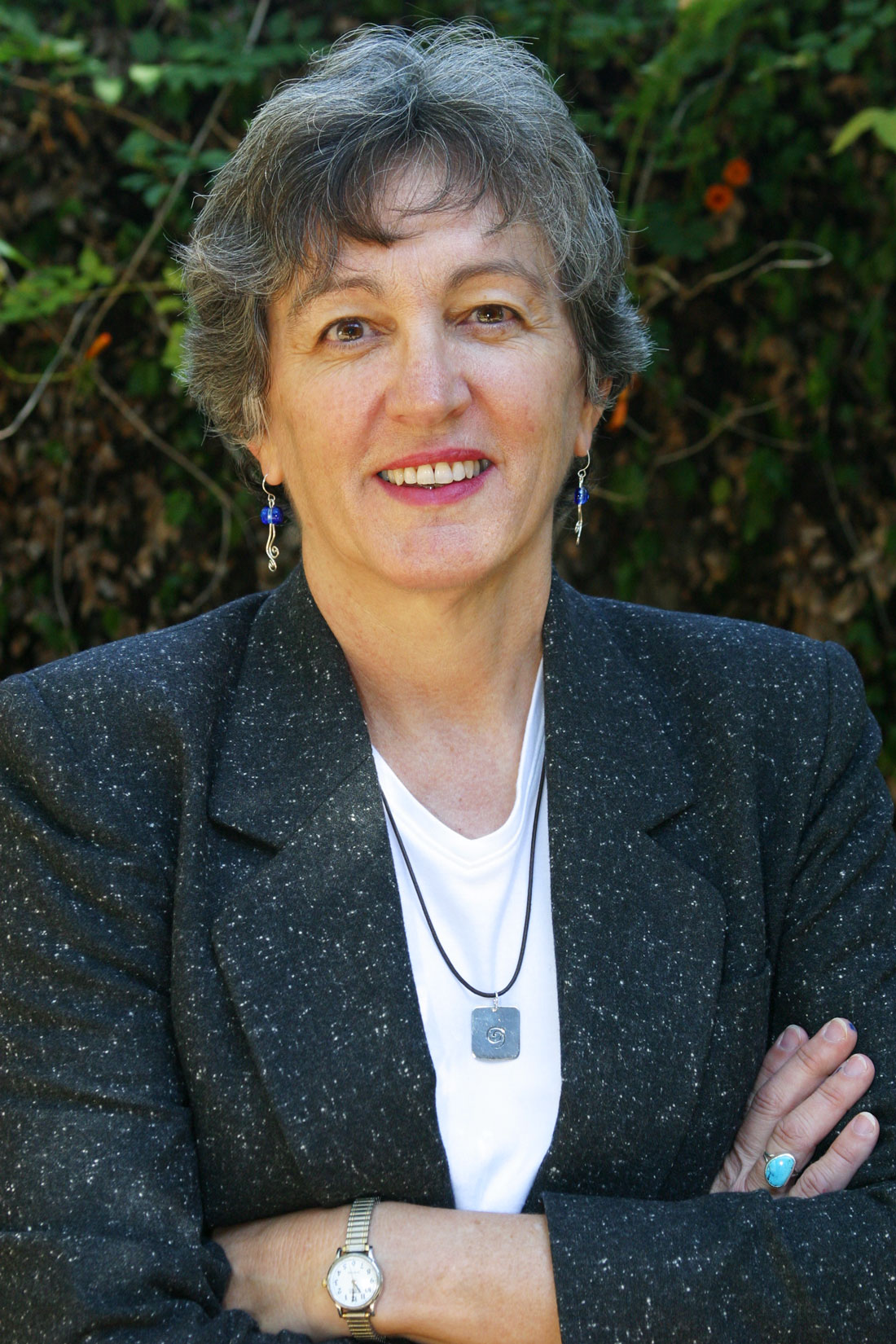The United Nations climate summit in Cancun ended on an upbeat note last week. Once again there was no global deal reached on cutting greenhouse gas emissions, although there may be some hope for the longer run.
Mohamed Nasheed is president of the Maldives, a group of low-lying islands in the Indian Ocean that will be among the first to vanish as the sea level rises in a warming world. That’s why he is so willing to challenge assumptions on the topic.
 “When I started hearing about this climate change issue, I started hearing developing countries say, ‘We have a right to emit carbon because we have to develop’,” he told the BBC recently. “It is true, we need to develop, but equating development to carbon emissions I thought was quite silly.”
“When I started hearing about this climate change issue, I started hearing developing countries say, ‘We have a right to emit carbon because we have to develop’,” he told the BBC recently. “It is true, we need to develop, but equating development to carbon emissions I thought was quite silly.”
That is heresy, for the standard position of the group of developing countries (G77) is that since the rich countries caused the problem, they must make the emissions cuts that would solve it. And they did cause the problem: It was 200 years of burning fossil fuels that made them rich, and they are responsible for 80 percent of the human-caused greenhouse gases now in the atmosphere.
But if only the rich countries cut their emissions, while the rapidly developing countries (which have three times as many people) increase their emissions at the current rate, the planet will probably topple into runaway warming by mid-century.
The numbers are brutally simple. Since the industrial revolution began around 1800, the concentration of carbon dioxide in the atmosphere has risen from 280 parts per million to 390 ppm. The point of no return is 450 ppm. We only have 60 ppm to go, and the newly industrializing countries are growing so fast that we are collectively adding between 2 and 3 ppm per year, which would put us at the point of no return in 20 to 30 years. At that juncture, the warming we have already caused triggers natural processes, like melting of the permafrost and warming of the oceans, that dump even more carbon dioxide into the air, speeding up the warming. Even if we later cut our emissions to zero, the permafrost will go on melting, the oceans will continue to warm — and we may be into runaway climate change.
Almost every government on Earth has formally committed to holding the warming below that threshold. They have not, however, committed to any process that will actually achieve that goal — which is why they keep coming back to the conference table.
Why don’t all the governments act? Because the developing countries refuse to accept limits on their emissions for fear they won’t be able to go on growing their economies. They also resent the fact that it was the rich countries’ emissions that brought us all so close to 450 ppm. The rich countries, meanwhile, ignore the history and demand similar cuts from all countries, rich and poor.
Nasheed is abandoning the old common front of developing countries because their position isn’t at all in the interest of poorer, slower-growing countries like the Maldives.
At least 30 countries in the G77 group privately share Nasheed’s view: The impending split was already visible even at last year’s Copenhagen conference. Moreover, he argues, the current negotiating position of the G77 is silly even for its faster-growing members.
“Fossil fuel is obsolete, it’s yesterday’s technology, so we [aim to] come up with a development strategy that’s low-carbon,” Nasheed argued. If China, India, Brazil, and the other big, fast-developing countries believed that they could keep their economies growing without increasing emissions, he said, they’d also be likely to agree to binding limits on emissions.
“They have to rapidly increase their investments in renewable energy,” he said, “and I think they are doing that. Once they’ve done it, they’re going to say, ‘Right, we need a legally binding agreement.’ ” It’s fast becoming true: China is already the world’s largest exporter of solar panels, and India is the leading exporter of wind turbines. But there is one remaining problem.
Wind turbines, solar panels, and the like tend to cost more than dirty coal-fired power stations. If developing countries choose the more expensive option, who pays the difference? The old rich countries who landed them in this dilemma, of course.
People in the rich countries don’t even understand that history, so they are still a long way from accepting that deal. It didn’t happen at Cancun, and it may be years before it does. Maybe too many years.
Gwynne Dyer’s latest book, Climate Wars, is distributed in most of the world by Oneworld.











